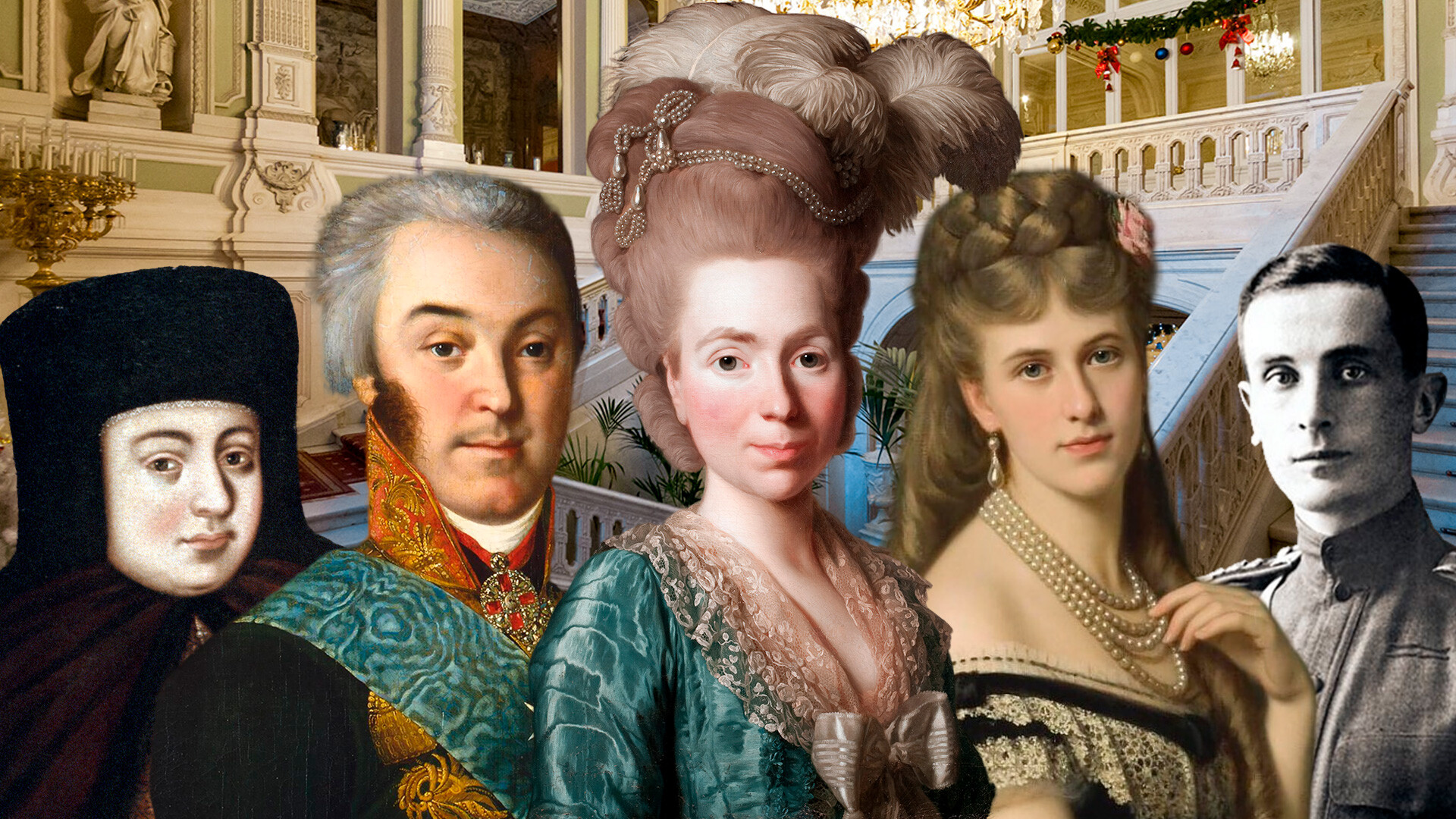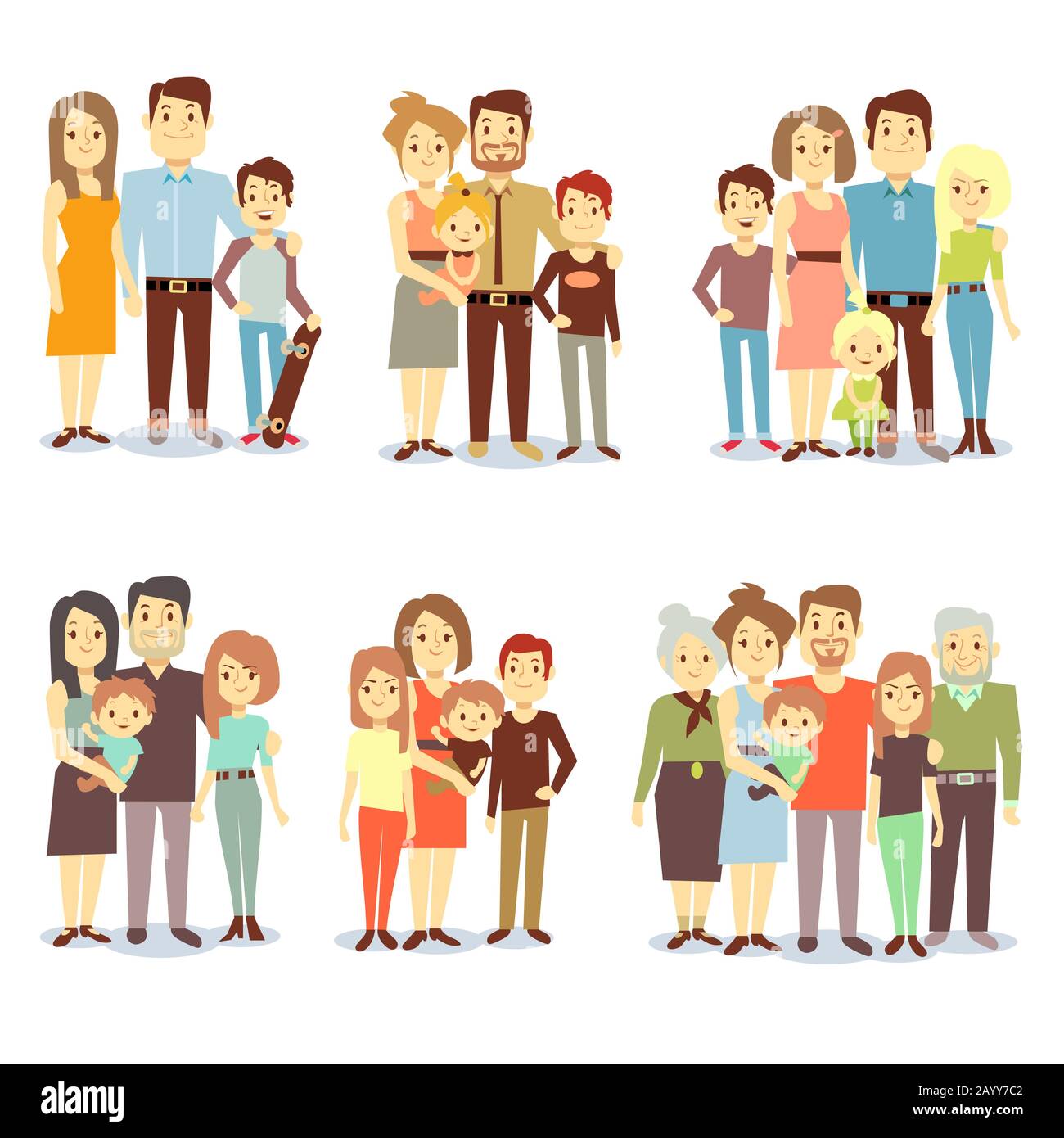What Makes Crown Families Different From Noble Families? A Deep Dive
When we talk about crown families and noble families, it’s like comparing two different worlds of privilege, power, and prestige. But what exactly sets them apart? Are they just fancy titles, or is there more to it? If you’ve ever wondered about the distinctions between these elite groups, you’re not alone. Today, we’ll unravel the mysteries behind what makes crown families truly unique compared to noble families.
Picture this: a royal palace versus a grand estate. Both are symbols of wealth and influence, but they represent entirely different levels of authority and responsibility. Crown families are often at the center of national identity, while noble families might hold regional sway. So, is it just a matter of scale, or is there something deeper going on here?
Let’s dive into the heart of the matter. This article will explore the historical, political, and cultural differences that define crown families and noble families. We’ll break down everything from their origins to their roles in modern society. Whether you’re a history buff or just curious about the lives of the elite, stick around because we’re about to spill some serious tea.
Understanding Crown Families
First things first, let’s get to know crown families. These aren’t just any family; they’re the cream of the crop, the top dogs in the world of royalty. Crown families, also known as royal families, are the ruling or formerly ruling families of a country. They’re the ones with the crown, the scepter, and the throne. But it’s not all glitz and glamour.
Key Characteristics of Crown Families
Here are some standout traits that define crown families:
- Hereditary Rule: Membership in a crown family is typically passed down through bloodlines. It’s all about who your parents are.
- National Symbolism: Crown families often represent the identity and unity of a nation. Think of the British monarchy and its role in British culture.
- Political Power (Past and Present): While many crown families today have ceremonial roles, historically, they wielded significant political power.
What About Noble Families?
Now, let’s shift our focus to noble families. These guys aren’t exactly slouches when it comes to status and influence. Noble families, or aristocrats, are part of the upper echelons of society but operate on a slightly different level compared to crown families.
Defining Traits of Noble Families
Here’s what makes noble families unique:
- Land and Titles: Noble families often own vast estates and hold prestigious titles like duke, earl, or baron.
- Regional Influence: While crown families might rule over entire nations, noble families traditionally held sway over specific regions or territories.
- Less Centralized Authority: Noble families don’t have the same level of national authority as crown families, but they still pack a punch in their local domains.
The Historical Divide
History plays a huge role in shaping the differences between crown and noble families. Back in the day, crown families were the ultimate power brokers. They ruled with an iron fist and commanded loyalty from their subjects, including the noble families. But noble families weren’t exactly pushovers. They often acted as the king’s right hand, managing estates, collecting taxes, and leading armies.
Origins of Crown Families
Crown families trace their roots back to ancient times when kings and queens ruled with absolute authority. Over centuries, these families evolved, adapting to changing political landscapes. Some, like the British monarchy, still hold ceremonial roles, while others have faded into history.
Origins of Noble Families
Noble families, on the other hand, often emerged from successful military leaders or wealthy landowners. They earned their titles through service to the crown or by amassing wealth and influence. Think of them as the elite middle management of the feudal system.
Cultural Impact
Culture is another big factor that separates crown and noble families. Crown families often become cultural icons, representing the values and traditions of their nations. Noble families, while influential, tend to have a more localized impact. Their contributions to art, literature, and architecture are undeniable, but they rarely reach the same level of global recognition.
Examples of Crown Families
Take the British Royal Family, for instance. They’ve been at the forefront of British culture for centuries, influencing everything from fashion to politics. Their public appearances and charitable work keep them in the spotlight, even in modern times.
Examples of Noble Families
Then there’s the Medici family from Italy, whose wealth and influence shaped the Renaissance. While they didn’t rule a nation, their patronage of the arts left an indelible mark on history.
Political Roles
When it comes to politics, crown families and noble families have played vastly different roles throughout history. Crown families were the ultimate decision-makers, issuing decrees and leading armies. Noble families, while influential, were more like advisors or enforcers of the crown’s will.
Crown Families in Modern Politics
Today, many crown families have ceremonial roles, but they still wield soft power. They can influence public opinion, promote national unity, and even serve as figureheads for government initiatives.
Noble Families in Modern Politics
Noble families, meanwhile, have largely faded from the political scene. Some still hold titles and estates, but their influence is more symbolic than substantive. That said, their wealth and connections can still open doors in certain circles.
Social Dynamics
Socially, crown and noble families occupy different rungs on the ladder of privilege. Crown families are at the top, with everyone else looking up to them. Noble families, while still elite, exist in a slightly lower tier. This hierarchy has shaped their interactions and relationships over the centuries.
Marriage and Alliances
Marriage has always been a key tool for crown and noble families to strengthen alliances and consolidate power. Crown families often married into other royal houses, creating intricate webs of alliances across Europe. Noble families, meanwhile, sought to marry into wealthier or more influential families to boost their status.
Economic Influence
Economically, both crown and noble families have wielded significant power. Crown families controlled entire nations’ economies, while noble families managed vast estates and resources. But as times changed, so did their economic roles.
Wealth and Land Ownership
Land ownership has long been a hallmark of noble families. They amassed vast estates, generating wealth through agriculture, trade, and other ventures. Crown families, while also owning land, focused more on national-level economic policies.
Modern-Day Differences
In today’s world, the differences between crown and noble families are more pronounced than ever. Crown families have adapted to changing times, embracing new roles and responsibilities. Noble families, while still influential in some circles, have largely stepped back from the public eye.
Media Representation
Media plays a big role in shaping perceptions of crown and noble families. Crown families are often portrayed in a positive light, thanks to their ceremonial roles and public service. Noble families, on the other hand, are sometimes depicted as relics of the past, disconnected from modern realities.
Conclusion
So, what makes crown families different from noble families? It’s a combination of historical, political, cultural, and social factors. Crown families represent the pinnacle of power and prestige, while noble families occupy a slightly lower rung on the ladder of privilege. Both groups have played vital roles in shaping history, but their paths have diverged over time.
As we’ve explored, the distinctions between crown and noble families go far beyond mere titles. They’re rooted in centuries of tradition, power dynamics, and societal evolution. Whether you’re fascinated by the glitz of royalty or intrigued by the influence of aristocrats, there’s no denying the impact these families have had on the world.
Now that you know the differences, why not share this article with your friends and start a conversation? Or better yet, dive deeper into the world of royalty and nobility by exploring more articles on our site. After all, knowledge is power, and understanding the past can help us navigate the future.
Table of Contents
- Understanding Crown Families
- Key Characteristics of Crown Families
- What About Noble Families?
- Defining Traits of Noble Families
- The Historical Divide
- Origins of Crown Families
- Origins of Noble Families
- Cultural Impact
- Examples of Crown Families
- Examples of Noble Families
- Political Roles
- Crown Families in Modern Politics
- Noble Families in Modern Politics
- Social Dynamics
- Marriage and Alliances
- Economic Influence
- Wealth and Land Ownership
- Modern-Day Differences
- Media Representation
- Conclusion



Detail Author:
- Name : Grant Gleason
- Email : nolan.solon@hotmail.com
- Birthdate : 1999-04-15
- Address : 2617 Keeling Isle Apt. 257 East Keeley, ID 60933
- Phone : +1 (737) 910-9885
- Company : DuBuque-Armstrong
- Job : Life Science Technician
- Bio : Hic ducimus reiciendis cum qui et ea unde. Impedit quia similique velit voluptatum minus vel veritatis. Inventore laboriosam et provident sint cum.